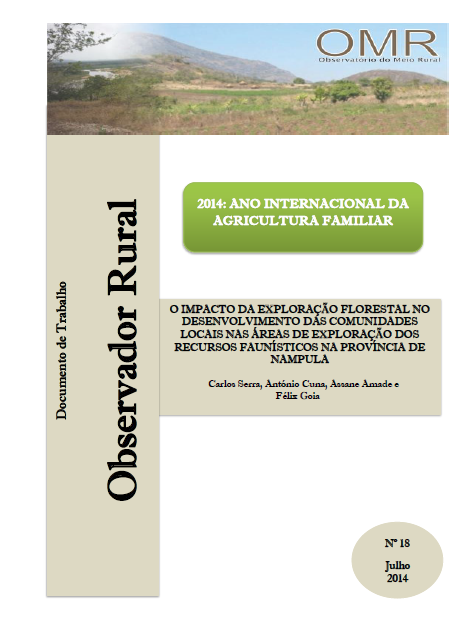Community Forest Management and REDD+
The urgent need to limit anthropogenic
carbon emissions has led to a global initiative to Reduce
Emissions from Deforestation and forest Degradation (REDD+).
But designing national architectures for REDD+ that
integrate local actions on forests with national-level
outcomes and do so effectively, efficiently, and equitably
continues to be challenging. One option to facilitate the
design and implementation of REDD+ is to learn from the


